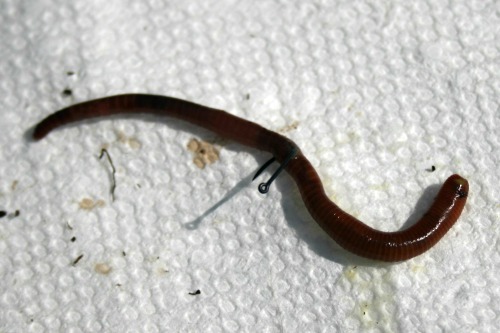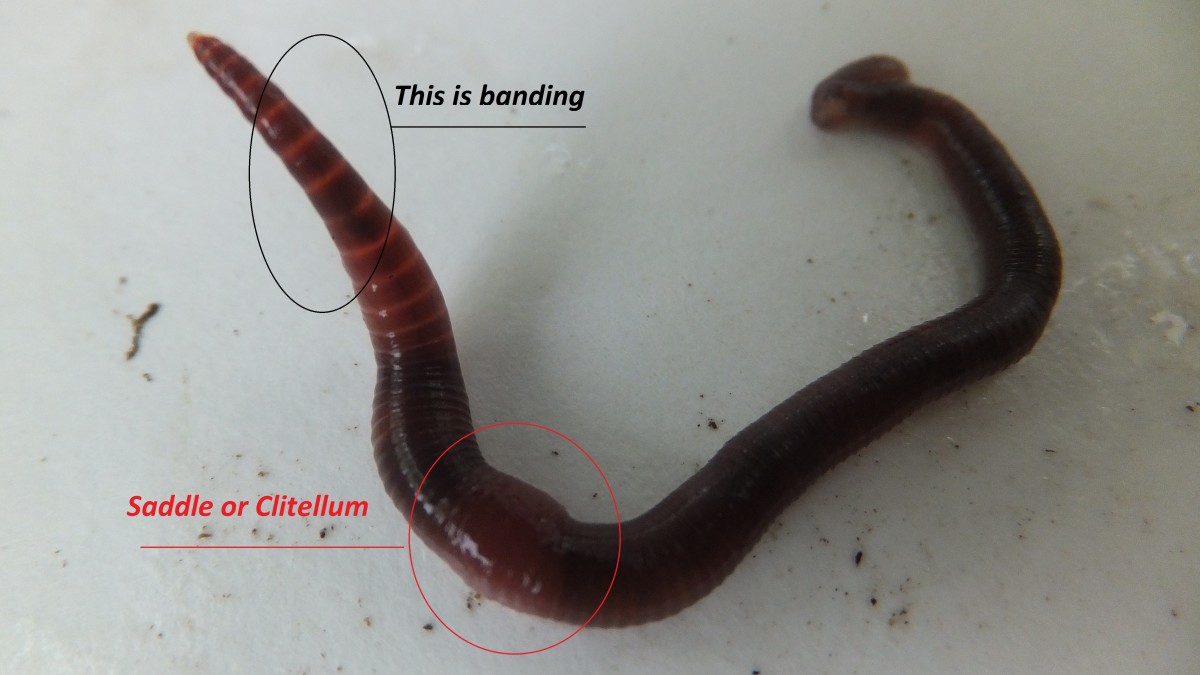Keep Your Lawn Green and Healthy with Expert Advice from Lake Hickory Bait
Keep Your Lawn Green and Healthy with Expert Advice from Lake Hickory Bait
Blog Article
Open the Keys of Red Wigglers: Your Overview to Composting Success
The combination of red wigglers into composting practices provides a substantial possibility for boosting soil wellness and promoting sustainability. These organisms are not just effective recyclers of natural waste; they offer a myriad of advantages that can transform garden monitoring. Recognizing their demands and habits is critical for optimizing their possibility, from setting up a proper worm container to feeding them the right materials. As we check out the necessary elements of successful vermicomposting, one could ask yourself just how these tiny creatures can bring about an extra vivid and effective garden community.

What Are Red Wigglers?
(Lake Rhodhiss Bait)Red wigglers, scientifically understood as Eisenia fetida, are a types of earthworm largely used in composting due to their exceptional ability to break down raw material successfully. These worms are characterized by their reddish-brown coloration and a segmented body, usually measuring between 3 to 4 inches in size. Unlike various other earthworm varieties, red wigglers flourish in rich, natural environments, making them ideal for vermicomposting systems.
Belonging To North America, they are usually located in rotting fallen leaves and compost heap, where they play an important duty in nutrient recycling. Their adjustment to residing in a moist, cardio atmosphere allows them to take in large amounts of organic waste, simplifying right into nutrient-rich castings that boost soil health and wellness.
Red wigglers replicate rapidly, with a single worm capable of producing numerous cocoons each week, each including several hatchlings. Comprehending the biology and habits of red wigglers is necessary for maximizing their potential in composting applications.
Benefits of Utilizing Red Wigglers
Harnessing the power of red wigglers in composting offers numerous benefits that improve dirt health and advertise sustainable waste management. These amazing organisms efficiently break down organic matter, transforming kitchen area scraps and yard waste right into nutrient-rich vermicompost. This completed product is exceptionally advantageous for plant growth, as it improves soil structure, enhances wetness retention, and boosts nutrition availability.

(Red Wiggler Express)In addition, the presence of red wigglers in your composting system can accelerate the composting process, generating premium garden compost in a portion of the moment compared to conventional approaches. The spreadings generated by these worms are additionally teeming with valuable microbes that better improve the soil environment.
Establishing Your Worm Container
Producing an efficient worm bin is an uncomplicated process that can substantially improve your composting efforts. The very first step is selecting an ideal container. Worm containers can be made from plastic storage space containers, wooden boxes, or readily readily available worm containers. Make sure the container has adequate drainage and air flow openings to keep ideal dampness levels and airflow.
Next, prepare the bed linens product, which acts as the worms' habitat. A mix of shredded paper, cardboard, and coconut coir works well, supplying a comfy environment for the worms. Go for a bed linen depth of concerning 4-6 inches. Dampen the bed linens gently, guaranteeing it resembles a damp sponge without excess water merging near the bottom.

Feeding Your Red Wigglers
To make certain the wellness and efficiency of your red wigglers, it is necessary to supply them with a well balanced diet regimen that meets their nutritional needs. Red wigglers prosper on a varied variety of natural products, which not only provide required nutrients however likewise advertise reliable composting.
Start by incorporating cooking area scraps such as vegetable peels, fruit cores, and coffee grounds. Avoid citrus fruits, onions, and garlic, as these can be destructive to worm health. In addition, present shredded paper, cardboard, and completely dry fallen leaves to produce a well-aerated environment.
Feeding regularity need to be monitored; usually, worms can eat half their body weight in food weekly. It is vital to prevent overfeeding, as excess food can lead to unpleasant smells and draw in insects. An excellent practice is to include food in percentages, permitting worms to see post process it prior to introducing more.
Keeping moisture levels is likewise essential; the bed linen must be moist but not soggy. Lastly, make certain to routinely examine the temperature and pH degrees of the container to guarantee an optimal environment for your red wigglers, ultimately enhancing their composting performance.
Harvesting and Making Use Of Garden Compost
An effective composting process with red wigglers finishes in the rich, dark compost referred to as vermicompost, which can substantially enhance soil health and wellness and plant development. Gathering this nutrient-dense material usually occurs every 3 to 6 months, depending on the size of your system and the amount of natural issue being refined.
To gather, gently separate the garden compost from the worms and any undecomposed products. One reliable approach entails moving the materials of the container to one side and adding fresh bed linens and food to the vacant room, urging the worms to move. After a couple of days, the garden compost can be gathered from the contrary side.
It is necessary to use vermicompost appropriately to optimize its benefits. It can be utilized as a leading clothing for yard beds, blended right into potting dirt, or brewed into a nutrient-rich fluid fertilizer known as "worm tea." This application approach helps to deliver vital nutrients straight to plant origins, advertising healthier development. By including vermicompost into your gardening routine, you not just reuse organic waste yet also develop a successful ecosystem that sustains lasting gardening methods.
Conclusion
In recap, red wigglers serve as phenomenal allies in composting efforts, changing natural waste right into nutrient-rich vermicompost. By recognizing the optimal conditions for their habitat, feeding needs, and garden compost harvesting methods, gardeners can boost dirt health and advertise plant vitality.
Report this page